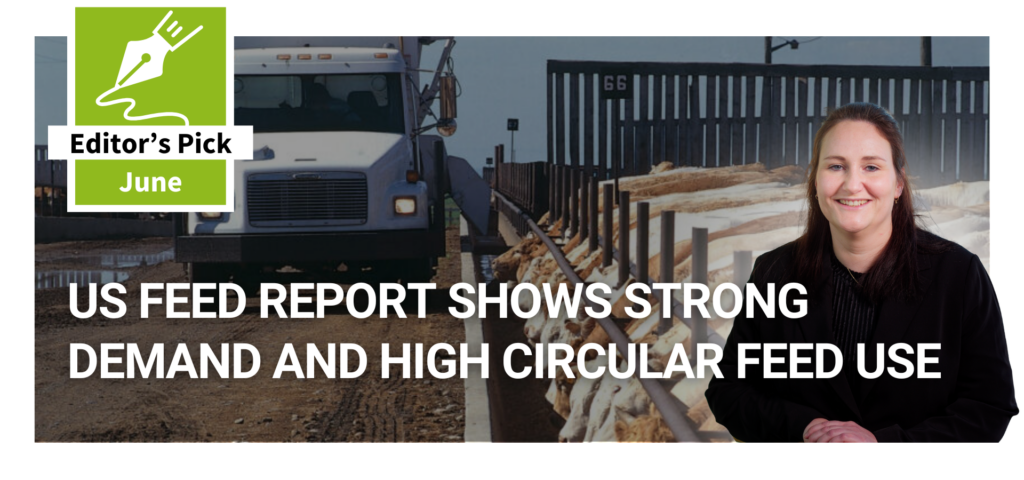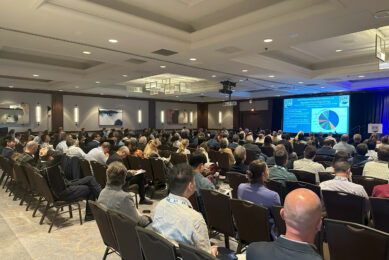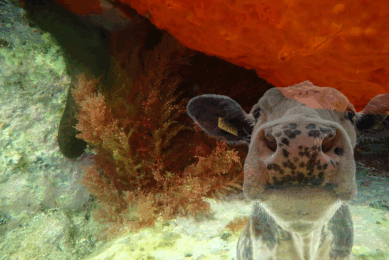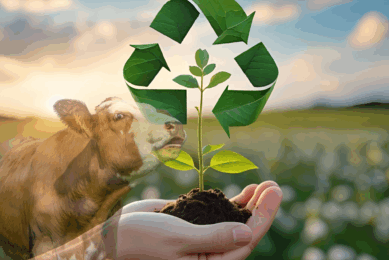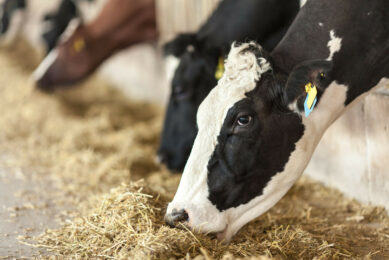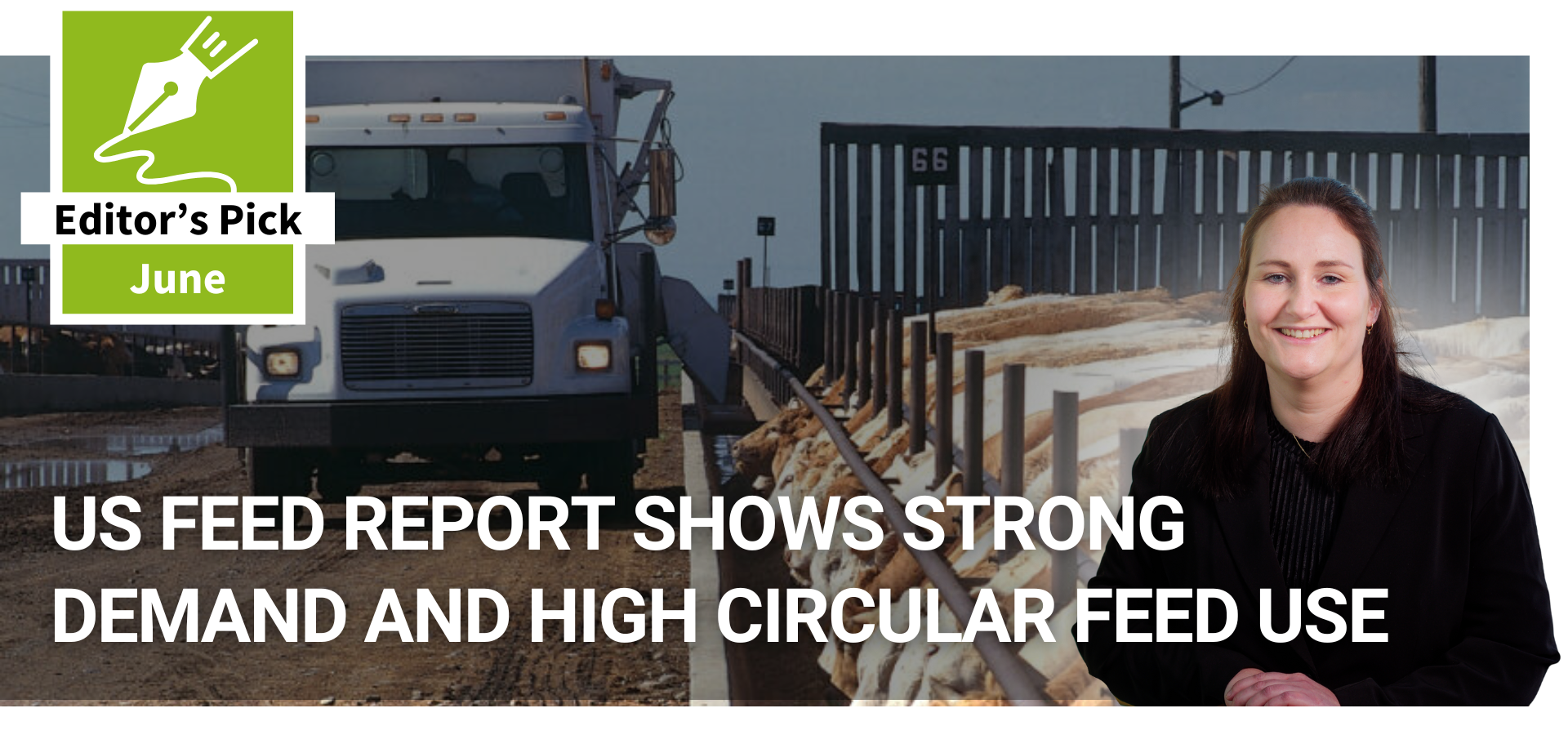Effects of gossypol in cottonseed meal rations on cows
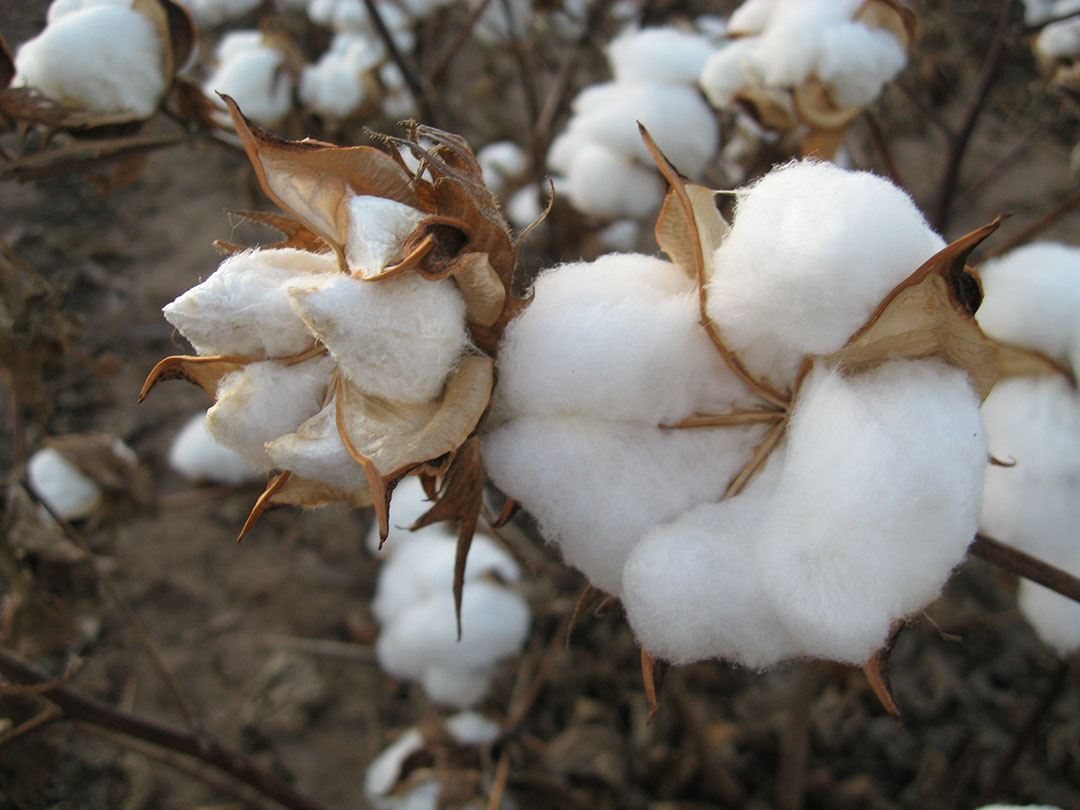
Cottonseed meal is a by-product of cotton that is used for animal feeding because it is rich in oil and proteins and also provides a unique blend of protein, energy, and fibre compared with other feedstuffs. However, it contains varying amounts of gossypol, a phenolic compound produced by pigment glands in cotton stems, leaves, seeds and flower buds, which limits cottonseed use in feeding.
Lactation response to gossypol
In regions where cotton is grown, cottonseed meal (CSM) is readily available and is an economical replacement for soybean meal (SBM) because CSM is priced below the relative value of its nutrient contents. Previous research has shown that in diets containing more than 16% CP, CSM is comparable with SBM in supporting milk production and composition. The amino acid profile of CSM is, however, a concern when it is fed to early lactation dairy cows because CSM has a lower concentration of lysine and methionine (percentage of CP). In this case, cows fed diets containing CSM may benefit from rumen-degradable protein (RUP) supplementation if the amino acid supply to the intestine is limited or if the RUP supplement complements this amino acid profile by supplying limiting amino acids (Table 1).
In cases where CSM is fed in excess of the recommended level (e.g. animals given a ration containing 25% cottonseed meal), milk production will be significantly reduced with a high prevalence rate of staphylococcal mastitis where milk will have a watery appearance, flakes, clots, or pus. There is also a change in the quality of milk protein caused by the leaching of low-quality blood serum proteins into milk. Casein, an important protein found in healthy milk, can also be significantly reduced in the case of mastitis with a reduction of the calcium levels in milk as it is closely linked with casein. Furthermore, the presence of certain blood enzymes in milk from infected cows can affect the taste of milk and its ability to be made into other dairy products such as cheese or yogurt.
Effects of gossypol on reproduction
Feeding heifers diets with 40mg of FG/kg of body weight (BW) increases the number of irregular cycling, reduced conception rates, disruption of pregnancy, degenerated embryos, and retarded embryo development. It also increases the proportion of embryos classified as Morula (an early-stage embryo consisting of 16 cells in a solid ball contained within the Zona Pellucida). Probable mechanisms include an endocrine effect on the ovary as well as a direct cytotoxic effect on the uterus or embryo.
Reproductive effects in males include reduced libido with decreased spermatogenesis and sperm motility, as well as sperm abnormalities (which are reversible) resulting from enzyme inhibition of steroid synthesis in testicular cells. Specific mitochondrial damage in spermatozoa appears to cause immobility and depressed sperm counts. Extensive damage to the germinal epithelium in bulls fed excessive gossypol may be responsible for depressed spermatogenesis.
Gossypol effects on health and growth of calves
Gossypol affects calves fed on cotton-cake in any quantity. Previously, it was thought that the harmful effects resulting from feeding cotton-cake were due to the indigestible husks and adherent cotton collecting into a mass and forming a concretion in the 4th stomach (hair-ball). However, it was later shown that the adverse effects were due to gossypol.
Gossypol is most probably one of the plant-poisons which is able to exert far more powerful effects in young animals which are not receiving optimum amounts of vitamin A in their food. The symptoms include severe watery diarrhoea passing with painful straining, loss of appetite, frequent gritting of the teeth, a staring coat, and rapid emaciation. Calves under three months of age are mainly affected, especially when allowed to feed with mothers from the trough and when the cows are getting unprocessed cotton-cake.
Control measures
These can be classified into 3 main categories:
1. Agronomic selection:
The agronomic selection has produced cotton varieties devoid of glands producing gossypol. These varieties, however, are not normally grown because they are less productive and are more vulnerable to attacks by insects.
2. Processing:
There are different extraction techniques which have a considerable effect on the amount of free gossypol that is present in the meal:
- The older screw-press method used heat which increased the protein binding, thus converting more free-gossypol (toxic form) to the bound form (non-toxic). The solvent extraction is now widely used because more oil can be extracted. However, since heat is not used, the amount of free-gossypol in the meal is almost ten times higher than the meal that has been processed by the screw press method. This can be a significant difference if very much gossypol is present in the seed. This change to solvent extraction may be the reason why we have seen an increase in gossypol toxicity in recent years.
- Radiation treatment using gamma or electron beam irradiation may reduce free-gossypol concentrations. The mechanism for gossypol destruction through radiation is unknown, but it has been speculated that gossypol molecule aggregation, gossypol cross-linking with other molecules, and gossypol molecule fragmentation or breakdown may produce such destruction.
- Ammonia treatment, which is a procedure used to reduce aflatoxin content of the feed, often results in increased cottonseed meal toxicity in dairy cattle and should thus be avoided in cases where gossypol toxicity is of concern.
- Some fungi species may reduce free-gossypol concentrations in cottonseed meal by fermentation, including Aspergillus niger, Aspergillus oryzae, Candida tropicalis, Saccharomyces cerevisiae, and Geotrichum candidum. The use of fermented cottonseed meal to feed animals seems to be safe. However, these microorganisms are not currently commercially available.
3. Feeding:
A high intake of protein, calcium hydroxide, or iron salts appear to be protective in cattle. Mature cattle should also be given ≥40% of dry-matter intake from a forage source, and dietary gossypol concentrations should be limited to ≤1,000 ppm, because 1,500 ppm may cause anaemia, poor growth, or decreased milk production.
To read more articles from the latest issue of All About Feed, go to the overview page of the digital magazines and log in with your current details.



